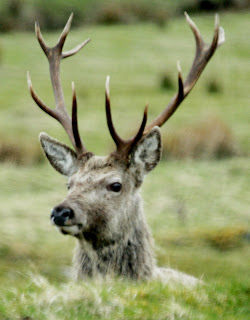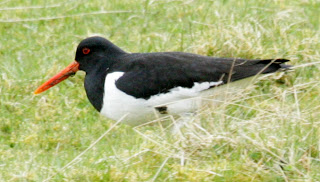
Mid- March saw Winter return with a vengeance, with one 48 hour period seeing 10 inches of snow fall in the Cairngorms National Park -very scenic (see pic) and great for skiers- not so great for birders wanting to get to remote areas!
However,the weekend of the 24th/25th saw the winds switch from Northerly to Southerly and the beautifully calm, sunny days made for perfect safari conditions.
A safari on the Saturday gave 50+ bird species & 8 mammal species:
The Rivers produced Dipper, Grey Wagtail, Goosander, and Goldeneye.
Farmland's highlight was a great close-up of a perched Long-Eared Owl, it's prominent ears and bright orange eyes showing well at close range - sadly, it flew off as soon as I reached for the camera! Yellowhammer, Lapwing, Oystercatcher, Curlew, greylag Geese & 4 Thrush species as well as Roe Deer and Sika Deer were also all seen.
Moorland gave us Black Grouse (lekking), Red Grouse, Meadow Pipit and Stonechat.
Lochs produced 4 red-Throated Divers & 3 Black-Throated Divers and many other species of wildfowl & waders.
Forest specialities were represented by a beautiful male Crossbill seen drinking from a puddle, and several Red Squirrels.
Mountain habitat's best sightings were 20+Reindeer , white Mountain Hares, and a herd of multi-coloured Mountain Goats with 2 tiny youngsters.
Even the breakfast stop was enlivened by a close encounter with a dashing male Sparrowhawk attempting to snatch a chaffich from the bird feeders as we enjoyed our bacon butties!
A great day of wildlife-watching, and all with a fantastic backdrop of blue skies and snowy mountains!












